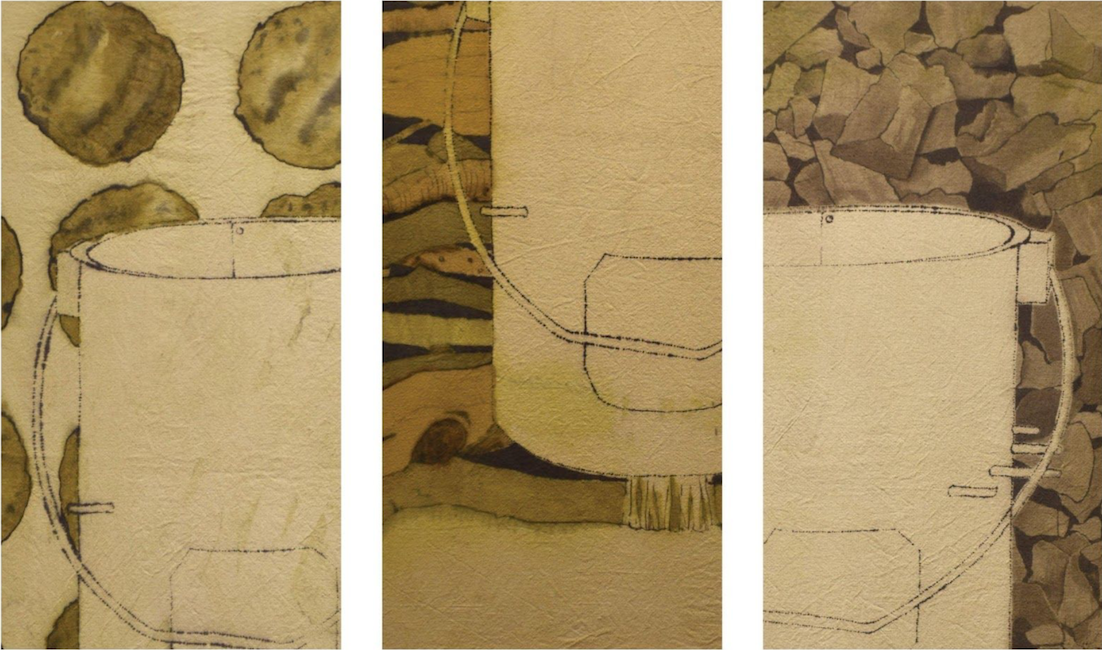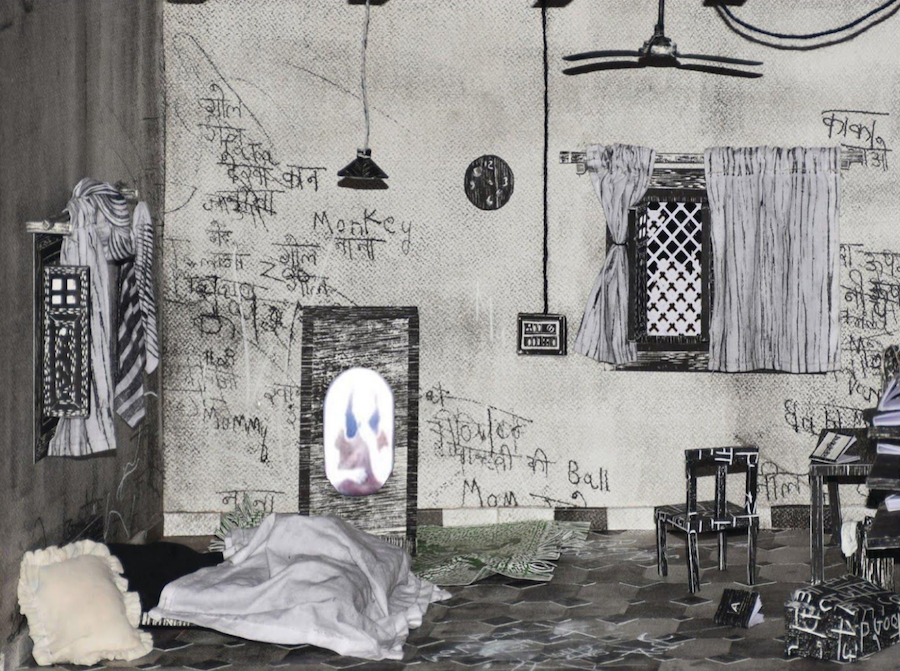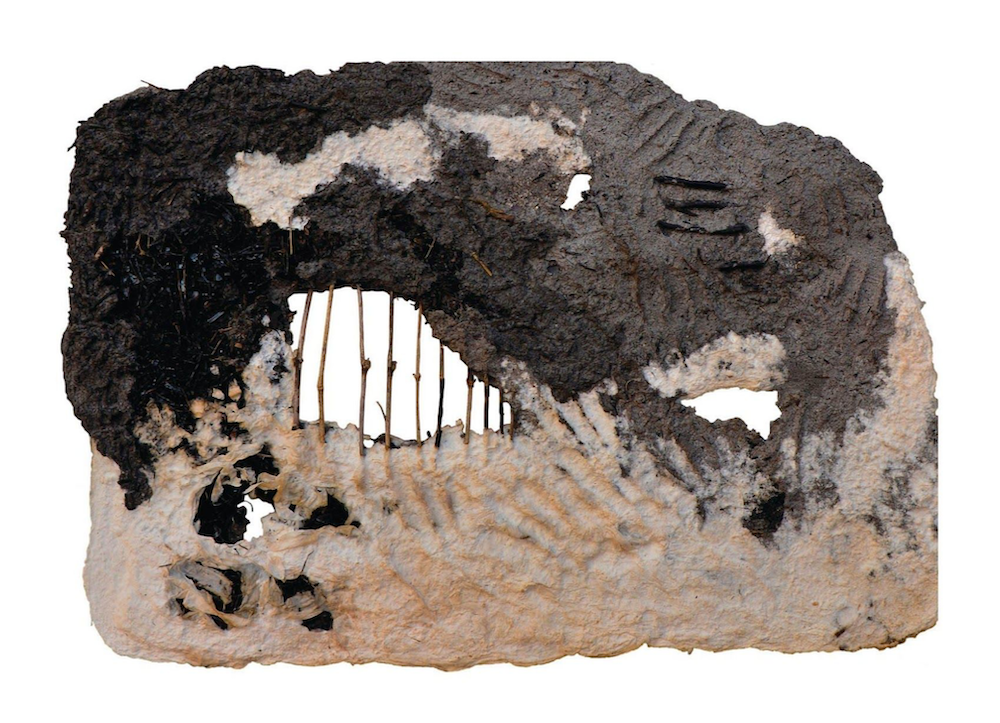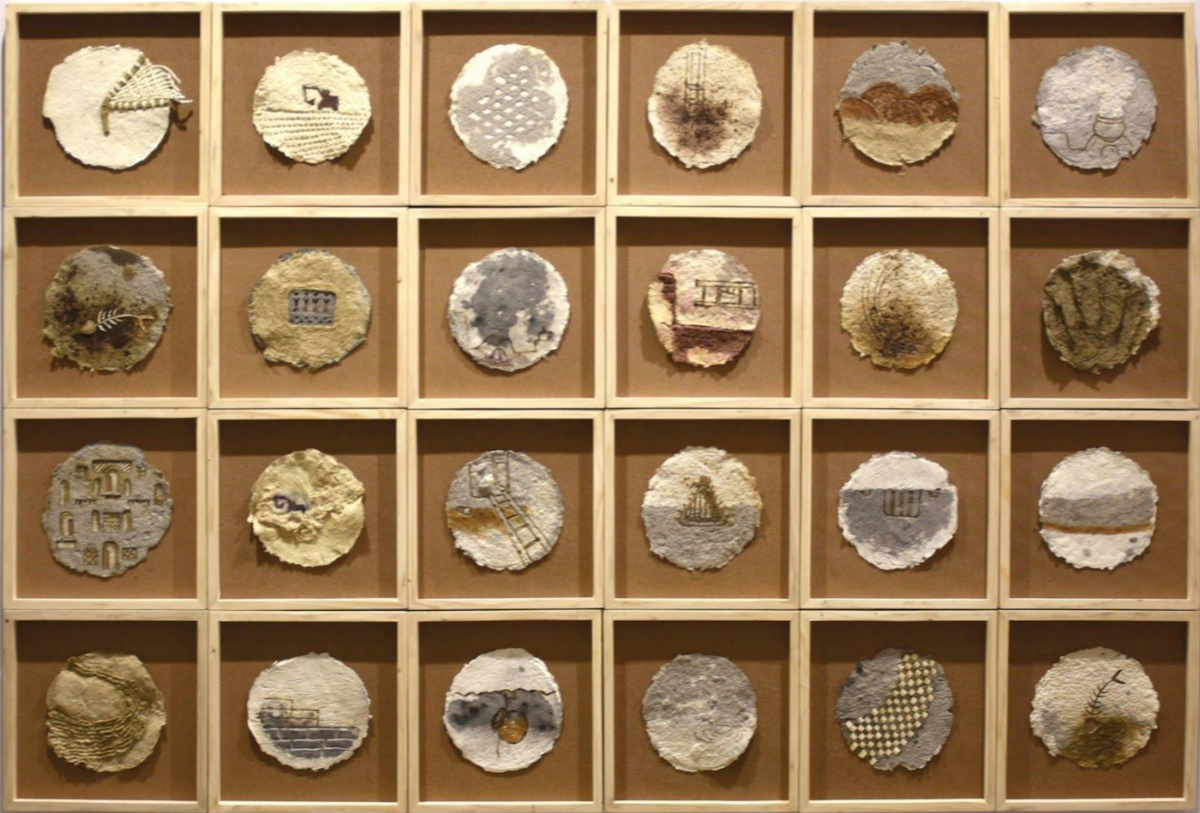‘Departure’: a young artists’ exhibition | Kolkata, India
According to the dictionary ‘Departure’ is the action of leaving to start a new journey or a deviation from an accepted, prescribed, or usual course of action. The show ‘Departure’, which was in view at Ganges Art Gallery in Kolkata in February 2020, paves its path towards both the conceptual and physical departure of the seven emerging artists from conventional art practice.

All seven artists, tied by the common thread of getting their education at Kala Bhavana, the Art Department of the Visva Bharati University, bring their socio-political concerns and personal histories inside the white cube space. Each artist's personality is prominently established through seven distinct visual languages.
According to renowned Indian artist and philosopher Rabindranath Tagore, art-making is synonymous with personality formation, "Personalities form where there are encouragement and freedom of choice, unstifled with a rigid curricular structure" (Anshuman Dasgupta in Bauhaus Imaginista Journal). It can be said that their individual approaches come from Tagore’s philosophy, in which Kala Bhavana as an institute is deeply rooted.
Prasanta Sahu, who himself was a student of Kala Bhavana and now is a professor in the Painting Department of the same institute, has directly or indirectly taught these seven young artists during their bachelor's and master's years. Hence he was aware of their practice and journey of transformation and evolution. He very sensibly brings their works together to create a confluence of traditional mediums and unconventional approach. In his introductory note he states, “Hailing from different parts of the country, the common thread tying their practice together is that, even though most of them work with traditional mediums, all of them have rejected the conventional methods of image-making.”

Ghanashyam Latua has found a different language - pricking the paper with a needle, metaphorically imitating the way the land is mindlessly excoriated by agonizing mechanical processes. For him the surface of the paper acts as the land and his action of mark-making by pricking the paper skin is a metaphorical gesture of violence committed towards the land to appropriate resources for industrial and developmental purposes. He not only highlights the rampant excavation of land for our greed but also questions the idea of development and how it may affect the future. The series which he displayed in the show is a pen and ink rendition of the diminishing Khoai landscape of Santiniketan on an excoriated paper surface.

Kalpana Vishwas explores naturally occurring phenomena like decay and aging as a metaphor for the ephemeral character of life. She engages with a traditional medium like watercolor and produces enlarged detailed paintings of leaves to imitate the natural patterns created by parasites or other micro-organisms. Her series of magnified studies of six different leaves with intricate details and layers invites the viewers to a space which is generally ignored or overlooked, but has so much to convey.

Arpita Akhanda (who is also the writer of this review) has adopted the practice of weaving as her language to create a fabric of forgotten narratives of her family history during India-Pakistan partition. In this piece ‘3 States...the transitory journey’ she weaved the maps of the three different states from which her family has migrated, during and after partition, on her life-size photograph, thus creating an abstract relationship between image-text, past-present, identity-existence, and memory- physicality. Along with the long scroll of life-size weaving, she also displayed a zoomed-in section of the five specific cities from which the family has relocated. The language of weaving is a metaphor that speaks of forgotten and lost narratives.

Ujjal Dey, trained in textile design, experiments with natural dyes and hand-painted textiles. His ‘Chulha’ series not only explores the forgotten world of preparation of colors from natural resources but also remembers the ‘chulha’, a forgotten object once very familiar to every household in India. The process of painting the triptych is inspired by the traditional Kalamkari process of dyeing the cloth initially with myrobalan and buffalo milk and then painting with colors extracted from natural sources like Catechu, myrobalan and Kalamkai ink, prepared by fermenting jaggery and iron rust. His series is a narration of his memory of the objects used by her mother and grandmother and the activity involved in collecting the fuel material for the oven.

Janhavi Khemka, trained in Printmaking, gives a new dimension to woodcuts. She transforms the prints into miniature objects and creates a room full of memories. To enter into her created worlds one has to switch on the lights and go through their minute details and intricacies. Being hearing impaired, she presents a slice of her memories of the time spent with her mother to learn how to speak. In her note she syas “I have made my room with words written on walls, chair, floor and almost every object present in there, those words are like a conversation with self and the struggle to speak/ pronounce words perfectly.” The use of black and white color combination and the theatrical lighting creates an ambiance of traveling back or peeping into the past which is brilliantly executed. She is expanding the boundaries of woodcut printing and creating new possibilities around it.


Ruma Choudhury elevates the process of papermaking to a different level of aesthetic magnitude. She creates her paper from fibers found in nature and constructs the paper into an abstract structure resonating with childhood memories. Her work generates a space for the viewer to explore the fusion of different fibers and the impressions of her own body while creating the surface. From a distance her work may provide a semi-abstract visual, but as you come closer to the piece you tend to discover textures, grains and patterns that we can easily relate to objects around us or their memories.
Intaz Ansari’s piece is a response to the rapid change he has observed around his immediate environment. He also explores paper making as his surfaces are infused with images from his surroundings that transform into outdated objects. The effect of industrialization on villages and small cities and how it transforms the landscape is what concerns his work.
+++++++++++++++++++++++++++++++++++++++++++++++++++
About the author:
Born in Cuttack, Odisha, in 1992, I am currently an artist based in Kolkata and Santiniketan.
I earned a Bachelor’s and Master’s degree with 1st class 1st distinction in Painting from Kala Bhavana, Visva Bharati University in the years 2015 and 2017 respectively.
I have received scholarships and awards for my studies and work, including a National Scholarship in painting from 2016-18 and a YOU Scholarship from Telegraph, as well as the Orissa State Award for New Media from Prafulla Dhanuka Art Foundation in 2019.
Over the last few years, my work has been exhibited in numerous national and international shows and several articles have been published in: Art as a Catalyst, for the Barbil Art Project-III in Art and Deal Magazine (May 2018), A Melange of Narratives, for the show ‘Inward Vision’, also in Art and Deal Magazine.
Most recently, I was selected as one of the four resident artists for the Piramal Art Residency (2019-20), cycle 24, Visualizing the text.
Scroll down to see all the works in the exhibition:
